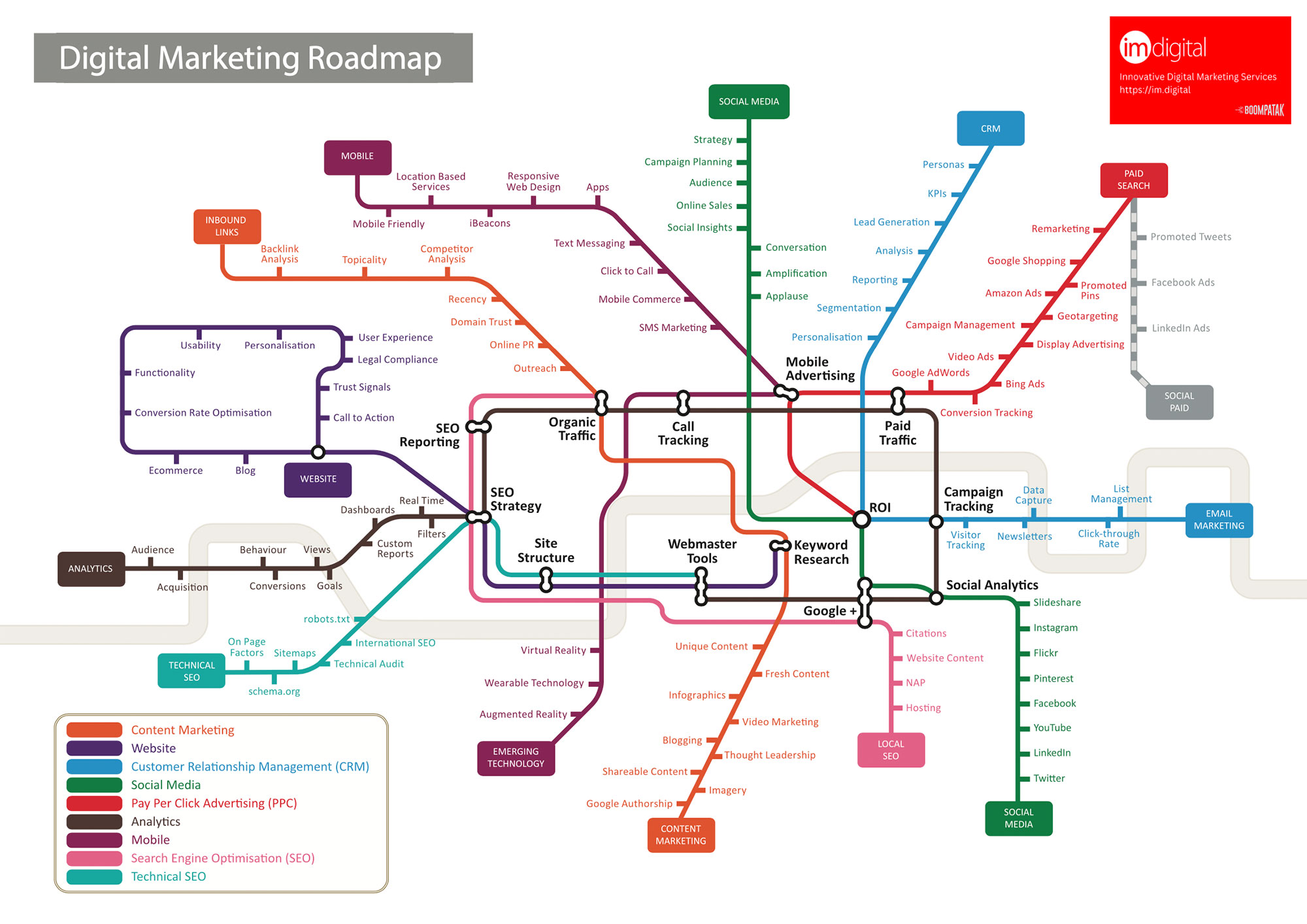Best digital marketing services
Digital Professional who helps your business with Digital Marketing Services.
Let’s explore the absolute ways to boost every aspect of your Digital Marketing, Strategy, Digital Transformation, Digital Integrations, Social Media, Online Selling, Lead Generation, Website development, Search Engine Optimization and Sales & Social CRM Strategy. Best digital marketing agency in town.

I Help Build BusinessES Online with low-cost Digital solutions
Offering All Round Digital Marketing Services
A strong digital marketing strategy needs to have a 360-degree view of the customer. You have to think about which digital channels your target audience is using. Where do they spend their time online? What is the customer journey to your website? How do you follow up and track leads once they arrive in your inbox? How do you get feedback from sales on whether the lead was good or not?
A 360-degree view implies that you are leaving no gaps in your strategy for potential customers to fall through. You could be emailing clients, sending them personalized content such as newsletters, scheduling social content and optimizing your website’s SEO to rank organically on search engine results pages. All of these are areas of focus for your digital marketing strategy. However, if one critical element is missed you could be losing out on potential quality leads.
Best digital marketing agency / digital marketing company in town.
Digital marketing strategy plan outlines how your business will achieve its marketing goals via online channels like search, social media an other platforms. Most strategy plans will summarize which online channels and digital marketing tactics you will use, plus how much you will invest in these channels and tactics.
Unlike many forms of traditional marketing, whose reach tends to be linear, the power of social media lies in its exponential nature. Social media amplifies brand reach, empowering companies to leverage their content and messaging more efficiently than other marketing channels.
Exposure is one thing; effective social engagement is another altogether. Digital technology has given organizations an opportunity to interact in a meaningful way with new prospects and existing customers – to connect more deeply and fluidly with those who have affinity for their brand. In today’s digital culture, companies must go beyond social exposure to foster meaningful social engagement as a means of cultivating brand affinity.
Organizations are being squeezed between two forces that are literally reshaping markets:
Social Advocacy – customers’ desire to create, curate and consume social content.
Social Engagement – the ability of brands to respond and build on social advocacy. The need to respond effectively and timely has raised the bar on identifying, connecting with and tapping brand advocates, the super-fans whose posts on social networks can influence purchase decisions.
What does this mean for marketers? It means shifting from a message-centric role into operational areas, especially customer service where the majority of brand-consumer interactions take place. Customer care is the new advocacy engine. The result? A new focus on digital involvement and the processes by which consumers are transformed into brand advocates.
Best digital marketing agency / digital marketing company in town.
It all begins with the need for information – SEARCH. By providing an easy way to navigate its vast expanses, search engines have greatly enhanced the day-to-day functionality of the Internet. The ability of search engines to find and distribute virtually limitless information in a matter of seconds has transformed how consumers interact with brands, greatly increasing business efficiency.
Keyword-initiated queries have been a mainstay of search since its inception; however, exponentially faster processing speeds and storage capacities are now enabling us to take a more sophisticated approach to search. For example, a user can now easily execute a voice-activated or visual search query that taps into his or her search history and current location to provide highly contextualized search results.
So where do search engines drive traffic? Gone are the days of the brochure website with little or no practical functionality. As we continue to integrate digital into our daily lives, brand websites have become the primary go-to source of information for prospects and consumers. Acting as an organization’s virtual storefront, today’s brand web sites must convert on a number of levels, enticing would-be prospects, nurturing new leads, and servicing existing customers.
In today’s complex, consumer-centric techonomy, brands must be able to ensure that prospects and customers can easily access their website from anywhere and enjoy a seamless user experience regardless of the device and platform they are on.
Best digital marketing agency / digital marketing company in town.
Converged media campaign integrates paid campaigns, earned, and owned media to support the organization’s goals. It reflects the customer’s seamless journeys between devices, channels, and media; given this, it requires careful implementation and adjustment.
Organizations must adapt a digital mindset, infusing their core values and facility with various digital technologies into integrated marketing strategies that enrich and nurture the customer experience.
Traditional marketing has had an outbound focus, with marketers trying to reach their target audience through a variety of means, including print & television advertising, junk mail, spam, trade shows, seminar series, email blasts to purchased lists, internal cold calling, and outsourced telemarketing, to name a few. These efforts could be rightly characterized as taking a “shotgun approach” to marketing.
Outbound marketing is proving less effective overtime for two reasons. First, your average consumer is overwhelmed with thousands of marketing interruptions each day and is finding new ways to block them out. It’s still possible to use these channels to convey an effective message, but it is becoming more expensive.
Widespread consumer adoption of the Internet, social, and mobile has given rise to a tectonic shift in marketing communications. Empowered consumers no longer have to rely on outbound marketing to be told about new products and services. They now have an alternative method of discovering and researching brands, of learning about and buying products and services. This new method, inbound marketing, has become a two-way dialogue, much of which is facilitated by search engines and social media.
Inbound marketing is a holistic, data-driven strategy that helps organizations attract and convert visitors into customers by providing personalized, relevant information and content instead of interruptive messages. By following them through the sales experience with ongoing engagement, inbound pulls consumers toward an organization’s products and services by aligning published content with consumer interests. To return to our gun analogy, if outbound marketing represents a “shotgun approach” to marketing, inbound marketing is holding a sharpshooter’s rifle.
Thanks to improvements in online search engines such as Google, along with the proliferation of sophisticated mobile devices and social media platforms, researching and shopping over the Internet is now more efficient and convenient than ever. The Internet is fast becoming the method of engagement preferred by the majority of consumers. These factors have conspired to usher in an age of rapid Internet growth. In recent years, businesses have begun shifting money out of previous forms of outbound marketing into content creation, search engine optimization (SEO), and social media – all elements of the inbound marketing mix.
Best digital marketing agency / digital marketing company in town.
Integrated Digital Marketing..
• Integrates principles (core values) into all marketing decisions.
• Integrates the customer experience (CX) across all stages of Digital Involvement Cycle.
• Integrates a consistent brand message across all channels.
• Integrates silos; end goals are unified and not conflicted. By integrating all marketing and communications efforts into one overarching strategy (incorporating content, social media, mobile, search [paid and organic], email, sales, advertising, etc.), not only does every organization’ department have a better understanding of what other departments are doing, but end goals are unified and not conflicted.
• Integrates various digital channels, platforms, and media to optimize and augment each other.
Website Audit
The best way to spot and correct these issues is with a design audit of your entire website. As your website grows, there’s a chance its design might start to look somewhat stale. Keep in mind, design trends are constantly evolving, and being able to spot these issues is important if you want your site to look modern and ‘fresh’. Plus, you’ll also need to keep all of the aspects of your design looking uniform (and usable) to provide a good experience.
New Website with a meaningful design is very important
A well-designed website can help you form a good impression on your prospective customers. It can also help you nurture your leads and get more conversions. But, more importantly, it provides good user experience and helps your website visitors access and navigate your website with ease. A good website is easily crawl-able and shows search engines what they can and can’t index. Good sites don’t have a huge amount of errors. A good website should load super fast, from anywhere in the world.
Website Optimization
Its a process of using tools, on-site edits, advanced strategies, and experiments to improve the performance of your website, further drive more traffic, increase conversions, and grow revenue. It is one of the most critical aspects of website optimization is search engine optimization (SEO). The other critical aspect here is on-page optimization. This technique ensures that prospects that land on your website has the best user experience compelling them to take the desired action and convert into a lead.
So, by optimizing your website, you can not only tap into an untapped market in the most effective and efficient manner (without paying for advertising) but open doors to more conversions and revenue gains.
Best digital marketing agency / digital marketing company in town.
So, how do you digitally transform your organization into digital?
Here are few recommendations for managing digital transformation:
• Hire a digital transformation expert to be involved in shaping and driving your organization’s digital goals and strategy.
• Maintain regular contact with your team; they need your feedback and support.
• Expand digital beyond marketing and communications; it can transform every aspect of your business model.
• Budget digital as a long-term investment; as infrastructure, not as marketing media.
• Adopt flexible budgeting. Reserve some 5-15% of your project budget to fix or optimize functions that don’t perform; seize dynamic opportunities; reinvest in things that work.
• Focus on digital literacy. Your team needs to have the mindset, knowledge, and confidence to make business-critical decisions about digital investments.
With a clear understanding that the Internet, social, and mobile technologies have forever shifted the balance in favor of the consumer, the customer experience is the focus of the DIO. Accepting this fundamental reality of the digital age frees up the DIO, allowing the organization’s aspirational values to align with its consumer base.
Importantly, doing so has the effect of realigning the organization’s functional character:
• Trust replaces fear.
• Openness trumps control.
• Communication and innovation is fostered between management and employees.
• Integrated applications and cross-functional teams tear down independent silos.
• Direct connections occur between top-level executives and end customers.
• Sharing and collaboration replaces proprietary control and information coveting.
• The bottom line changes to reflect engagement, relationships, and advocacy.
Following is an example six step Digital Insight Process so that organizations can analyze each driver, sub-driver, and trend as a strategic opportunity rather than a cause for paralysis:
Digital Trend Analysis
Department teams are selected to use digital trend analysis as a tool to benchmark to define important dimensions in the context of adding value to the organization.
Analyze Possibilities
Representatives from each department meet as a group to brainstorm possibilities and determine best fit and potential contribution to the organization.
Prioritize Trends
A digital insights expert prioritizes the trends and make recommendations for applications.
Workflow
A digital innovation expert designs the workflow.
Implement
A digital innovation expert implements the pilot.
Evaluate and Strategize
A digital innovation expert evaluates the results and compares them to goals, suggests adjustments, and proposes a strategy for the future.
“The Customer is King” is an often used marketing tag which reflects the important idea that the direction of a business is ultimately determined by its customers.
To better understand the move from CRM to social CRM (SCRM), it’s helpful to understand the evolution and management of customer-centric relationships. A business begins with a clean slate of customer relationships. Over time, these connections grow more complex as expectations are exceeded or not met, requirements change, and competition increases. Organizations develop a need to properly manage these relationships and share information across various teams.
A social CRM system does just that, using digital technology to organize, automate, and synchronize sales, marketing, customer service, and technical support. It is the nerve center that allows a company to manage interactions with current and future customers.
How can SCRM be achieved? How do you make it a reality?
Management Buy-in – The executive suite must make Social CRM a strategic priority.
Strategy – You need a holistic strategy to integrate CRM and Social CRM, including standards, staff, budget, and technology.
Consistency – Train marketing team to live the guidelines and procedures to “walk the walk,” and consistently deliver customer service excellence to all touch points.
Integration – A digital integration plan to integrate existing channels to make the customer experience (CX) more seamless and less interrupted.
Flexibility – Social CRM technology and processes must be flexible, caring, and responsive to the customer base to facilitate open dialogue.
Social Participation – Current and potential customers need to be engaged on social platforms to gain trust and establish thought leadership with the organization’s target audience.
ROI – Actively measuring and evaluating Social CRM strategies to determine their effectiveness and contribution to achieving organizational goals.
Value – Social CRM strategies that create value for customers and the organization.
What value can SCRM bring to your organization?
Is Social CRM a priority in our organization?
If customer service has such a high ROI, why is it not a priority for organization?
You can have top-notch digital setup if you will hire every individual for it. No you Don’t!
By automating digital marketing intensive processes, costs can be cut by up to 70%. You’ll also begin to notice significant time savings, allowing you to free up resources and focus on your core business objectives.
Digital marketing agency / digital marketing company in town.

Independent, Highly-skilled professional Digital marketing specialist on your side.
How does that sound to you?

First of all, be comforted in knowing that long distance relationships can absolutely succeed.
We can be the ultimate virtual digital assistant for your business. For the love of your digital future, I can ensure your absolute peace of mind for all your digital marketing needs.
Why is it difficult to run a Meta campaign in Europe?
There are several reasons why running meta lead campaigns in Europe can be difficult. One of the main reasons is that European data protection laws, such as the General Data Protection [...]
Mistakes made when creating lead generation campaigns
Not defining a target audience: One of the most common mistakes people make when creating lead generation campaigns is not defining a clear target audience. Without a clear understanding of who [...]
Advantages of integrated marketing
Let's look at how an integrated marketing campaign can benefit a business. 1. Increasing brand awareness and recognition Increasing brand awareness and recognition is an important goal of any marketing [...]


